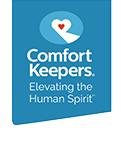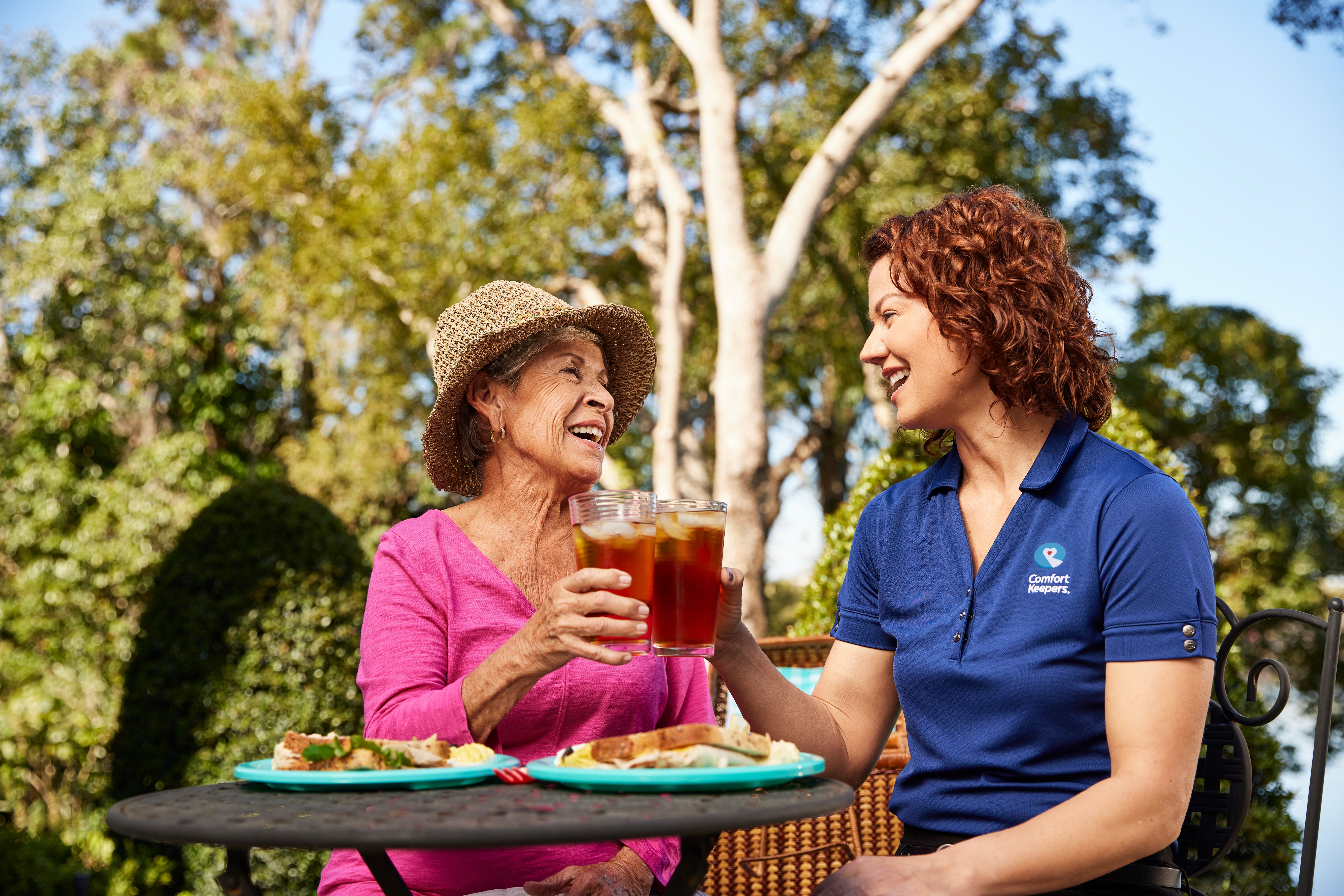Strokes: Signs, Rehabilitation, and Risk Reduction for Toronto’s Seniors
Senior Stroke Care | June 14, 2017
Every year in Canada, there are over 50,000 new strokes—that’s one stroke every 10 minutes, and approximately 75% occur in those over the age of 65.
Some of the first things that come to mind when we think of a stroke are paralysis on one side of the face, confusion, or maybe a severe headache. These are all signs of a stroke, but this only brushes the surface of the complex world of fully understanding why strokes happen and how we can best manage the event in order to reduce the risk of death and permanent damage to the brain.
Types Of Strokes in Seniors
When talking about strokes, many refer to what’s known as an ischemic stroke. Accounting for nearly 80% of all strokes, an ischemic stroke occurs when a blood vessel (leading to the brain) becomes blocked, cutting off blood flow to certain parts of the brain. An interruption of blood flow means that the brain no longer receives its required supply of oxygen, and after just a minute without oxygen and other essential nutrients, brain cells can begin to die.
The other common type of stroke, known as a hemorrhagic stroke (which accounts for 20% of all strokes), occurs when blood spills into the brain, damaging neural cells. More often than not, this type of stroke happens when an aneurysm – a weak, stretched area in the arterial wall – bursts open due to uncontrolled high blood pressure.
Signs Of A Stroke in Seniors
As you can surmise, every second matters when it comes to stroke occurrence. Even if brain cells don’t die right away, they may be permanently damaged if treatment is not administered quickly enough. The challenge is that not all strokes affect the brain in the same way, which can make recognizing signs somewhat difficult. Depending on the type of stroke, the signs may be quite subtle – especially for seniors, who suffer from strokes more than any other age group.
Below are signs you or your senior loved one will want to look for. Everyone in close contact with him or her should also understand the signs so that they know when to seek emergency medical assistance.
- Confusion or sudden changes in behavior
- Partial loss of vision
- Sudden trouble walking and/or dizziness
- Sudden loss of coordination
- Sudden severe headache
- Sudden difficulty speaking or understanding others
- Onset of weakness or paralysis of any part of the body
- Double vision
If you notice any of these signs in your aging loved one, do not second guess or wait for symptoms to worsen. As noted above, it’s imperative that contact with emergency personnel is made quickly, before damage to the brain becomes irreversible. For most treatments to be effective, the affected individual must be diagnosed within three hours of onset, and get to the hospital within an hour’s time.
Senior Stroke Rehabilitation
The amount of rehabilitation needed depends largely on the extent of damage from a stroke, but in most cases medical professionals will recommend at least one type of therapy or a combination. Physical therapy will help patients relearn simple motor activates – from walking to lying down – through training exercises. Another beneficial rehabilitation practice is occupational therapy, which is a way of helping patients relearn activities of daily living such as bathing, dressing, eating, and reading/writing. Speech therapy may also be recommended to help patients rebuild communication skills.
As many strokes are caused by hypertension, doctors may also prescribe medications to help maintain normal blood pressure levels and reduce the risk of blood clot formation.
Senior Stroke Prevention
In the last few decades, the survival rate for strokes has increased. In fact, the American Heart Association reports that stroke, which once ranked fourth in leading causes of deaths in the United State, now ranks fifth. While increased knowledge of warning signs and effective treatment surely account for this, education on recommended lifestyle changes has also helped.
Here are a few guidelines your loved one can follow to help reduce his or her risk of a stroke:
- Manage blood pressure
- Minimize stress (through healthy outlets)
- Quit smoking
- Limit consumption of alcohol
- Exercise regularly (upon physician approval)
- Maintain a healthy weight
- Modify diet to include foods that are low in saturated fat and sodium
- Manage cholesterol levels (consult your physician for options)
Risk reduction begins with leading a healthy lifestyle. Even if there’s a family history of stroke occurrence, encourage your aging loved one to follow these guidelines. Be sure that he or she also schedules regular medical check-ups with a medical professional to identify other risk factors and prevention strategies.
Comfort Keepers® Can Help Toronto’s Seniors
Our goal is to see that your loved one has the means to live a happy, healthy, independent life. And as part of that goal, we work to promote healthy lifestyle choices. Our caregivers can prepare nutritious meals, encourage prescribed physical activity, and even take your loved to any scheduled appointments. Call your local office today to discuss our available services.
Comfort Keepers®’ trained caregivers help provide senior clients with the highest quality of life possible to keep them happy and healthy at home. Our Interactive Caregiving™ provides a system of care that addresses safety, nutrition, mind, body, and activities of daily living (ADLs) no matter what the weather.
For additional information on Comfort Keepers of Canada® at Toronto or any other Comfort Keepers of Canada® location please visit our home page or call us at 416-663-2930.
References:
- MedicineNet.com. “Stroke Symptoms and Treatment” by Benjamin Wedro, Charles Patrick Davis. Web. 2017.
- NIH Senior Health. “Stroke.” Web. 2017.
- American Heart Association. “About Stroke.” Web. 2017.
Individualized Home Care Options
Long-Term Home Care, 24 Hour Home Care & Short Term Care Options Customized for You






